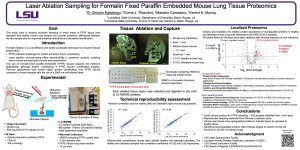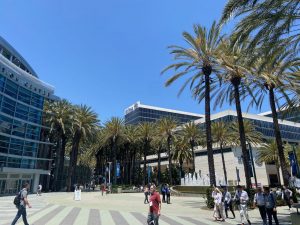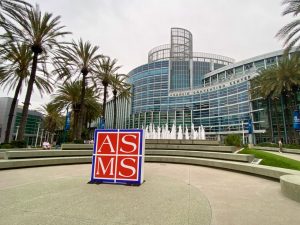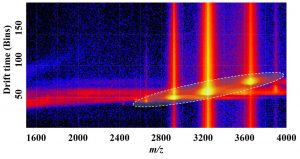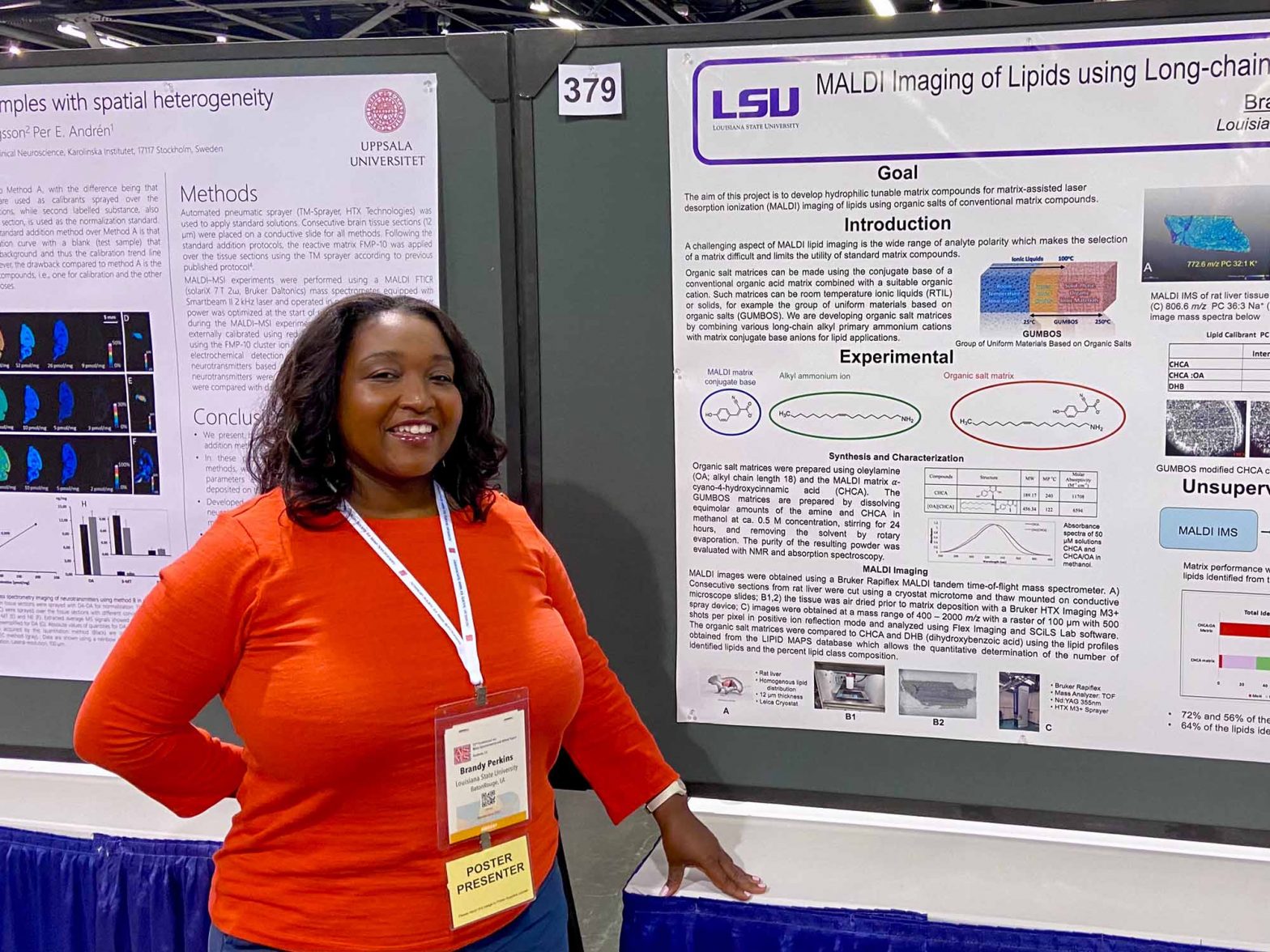Roy Paul Daniels Professor of Chemistry Kermit K. Murray has been selected a senior member of the National Academy of Inventors.
This year’s class comprises 124 accomplished academic inventors representing 60 research universities, governmental entities and nonprofit institutes worldwide.
The Senior Member program is an exclusive award created to showcase the innovative ecosystems at NAI member institutions, like LSU, which provide the supportive environment to foster novel discoveries. Senior members are chosen from active faculty, scientists, and administrators with success in patents, licensing, and commercialization who have produced technologies that have the potential for a real impact on the welfare of society.
“It is a great honor to be selected as a senior member of the National Academy of Inventors,” Murray said. “I am thankful to all the wonderful students, colleagues, and collaborators who share my passion for lasers and mass spectrometry and helped make this possible.”
“This year’s class of Senior Members is truly a testament to the outstanding innovation happening at NAI Member Institutions and what happens when the academic space encourages and celebrates invention and commercialization,” said Paul R. Sanberg, President of NAI.
Murray is a leader in the development of instruments for mass spectrometry. He has broken new ground in the sampling, measurement, and imaging of biological samples using lasers. By expanding the capabilities of mass spectrometry itself, Murray has enabled the application of this powerful technique to problems that were previously inaccessible, such as microsampling at cellular precision. And through his dedicated mentorship of students here at LSU, by routinely involving them in the creation of new technologies, he has instilled his enthusiasm for innovation in the next generation of scientists.
He began his LSU career in 2001. His many honors include LSUs Rainmaker Senior Scholar Award and the American Society for Mass Spectrometry Research Award.
Murray holds four U.S. patents in the field of mass spectrometry and is the founder of a startup company, Laser Bioanalytics. He was also instrumental in the commercialization of laser systems now in production by Opotek.
He has published over 140 scholarly articles and serves on the editorial board of Analytica Chim Acta and as editor of a mass spectrometry terminology website. Murray is a Fellow of the International Union of Pure and Applied Chemistry (IUPAC) and member of the American Chemical Society, American Society for Mass Spectrometry, International Mass Spectrometry Society, and IUPAC.
Murray and the other senior members will be celebrated at NAI’s annual conference June 16-18 in Raleigh, N.C.
About LSU’s Office of Innovation & Technology Commercialization
LSU’s Office of Innovation & Technology Commercialization (ITC) protects and commercializes LSU’s intellectual property. The office focuses on transferring early-stage inventions and works into the marketplace for the greater benefit of society. ITC also handles federal invention reporting, which allows LSU to receive hundreds of millions of dollars each year in federally funded research, and processes confidentiality agreements, material transfer agreements, and other agreements related to intellectual property.
About LSU’s Office of Innovation & Ecosystem Development
LSU Innovation unites the university’s innovation and commercialization resources under one office, maximizing LSU’s impact on the intellectual, economic, and social development of Louisiana and beyond. LSU Innovation is focused on establishing, developing, and growing technology-based startup companies. LSU Innovation oversees LSU Innovation Park, a 200-acre business incubator that fosters early-stage tech companies, and the Office of Innovation & Technology Commercialization, which streamlines the process of evaluating, protecting, and licensing intellectual property created by LSU researchers. LSU Innovation serves as the host organization for the Louisiana Small Business Development Center (SBDC) Network which oversees all SBDC services across the state as well as the LSU SBDC, which provides free consulting services to small businesses across the state. LSU Innovation helps Louisiana technology companies apply for seed funding through the federal Small Business Innovation Research and Small Business Technology Transfer grant programs. LSU Innovation educates faculty, students, and the community on entrepreneurial principles through the National Science Foundation’s Innovation Corps (I-Corps) program which trains innovators to consider the market opportunities for pressing scientific questions, leading to increased funding state and federal grant programs as well as potential industry partners and licensees.


